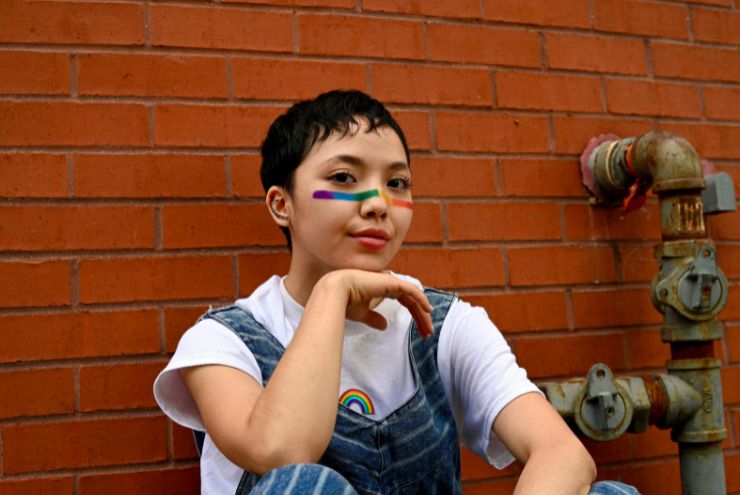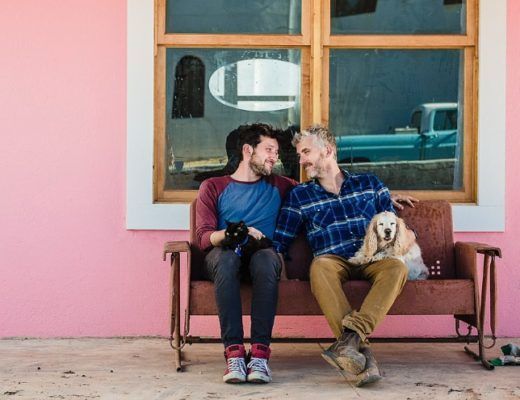By Mx. Jacob Kelley
In the wake of increasing societal awareness around the need to support marginalized communities, the concept of “safe spaces,” particularly in the context of the LGBTQIA+ community, has come to the forefront. These spaces are designed to eliminate biases and microaggressions, creating environments that promote respect and inclusivity. But as appealing as this ideal sounds, the notion of a universal “safe space” is both unrealistic and potentially limiting. Let’s explore a more pragmatic approach: shifting from pursuing safe spaces to the creation of “safer spaces.”
In theory, a “safe space” would be an environment where every individual feels secure, respected, and valued—where they can express their thoughts and identities freely without fear of judgment or prejudice. However, due to the diverse nature of our society, what one person perceives as safe may not feel the same for another. This is where the concept of “safer spaces” comes into play. Instead of striving for an ideal safe space, the focus shifts to making existing spaces safer. It’s about acknowledging that, while we may not be able to make a space entirely safe for everyone, we can certainly make it safer. The idea is to ensure continuous progress, making environments more inclusive and respectful one step at a time.
Safety is multifaceted, encompassing physical, psychological, and emotional aspects, each crucial in fostering an environment conducive to learning, growth, and collaboration. Physical safety comprises tangible measures, such as the location and size of a gathering and the implementation of emergency action plans. Psychological safety promotes open communication, essential for collaboration, while emotional safety encourages an environment that acknowledges and respects various emotions. The promotion of these aspects of safety is a shared responsibility incumbent upon teachers, leaders, and individuals.
The “safer spaces” concept acknowledges the ongoing work required to address biases, dismantle stereotypes, and ensure everyone feels heard and valued. It’s about fostering environments that promote meaningful dialogue and continuously strive for improvement. By embracing the concept of safer spaces, we accept the challenge of continually learning, growing, and enhancing our understanding of diversity.
Safer spaces are not just limited to physical environments; they also include virtual spaces. With the rise of technology and social media, online interactions have become an integral part of our daily lives. It is important to extend the concept of “safer spaces” to the digital world as well. This means actively working toward creating a safe and inclusive online culture, where everyone feels respected and valued.
The journey toward inclusivity and understanding is a continuous one, filled with learning and unlearning. It’s about embracing diversity and promoting dialogue. The concept of universal safe spaces may be an unattainable ideal, but by striving for safer spaces, we can ensure continuous progress. Every step taken toward making a space safer is a step in the right direction. The call to action is clear: embrace the concept of safer spaces and contribute actively to making our environments more inclusive and respectful.







